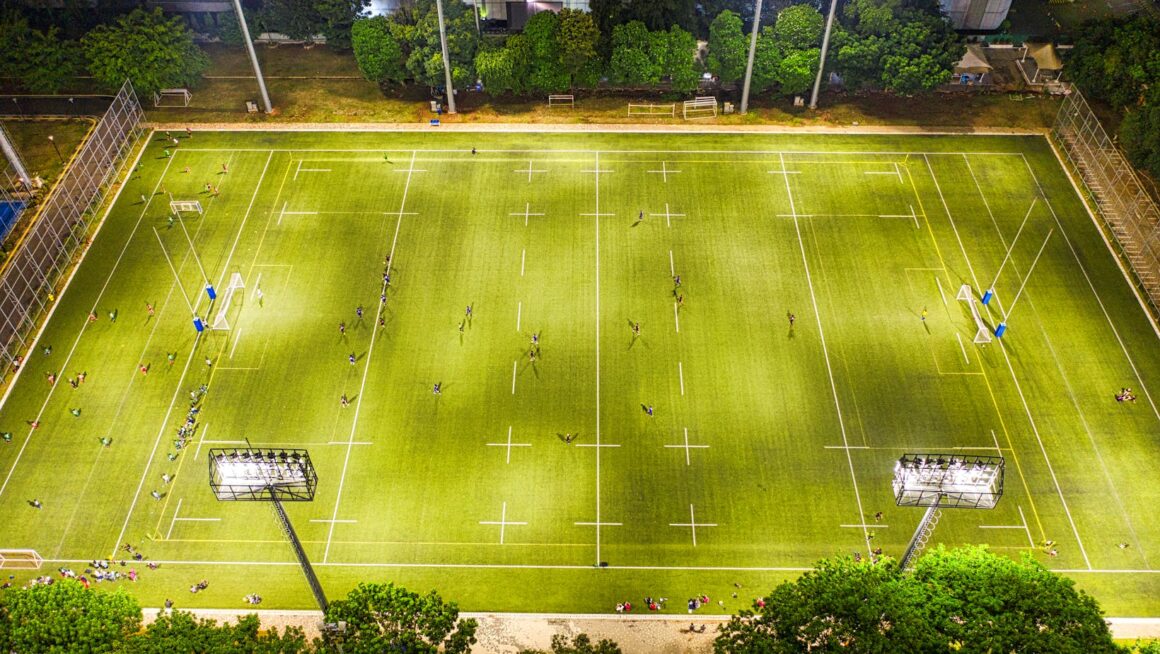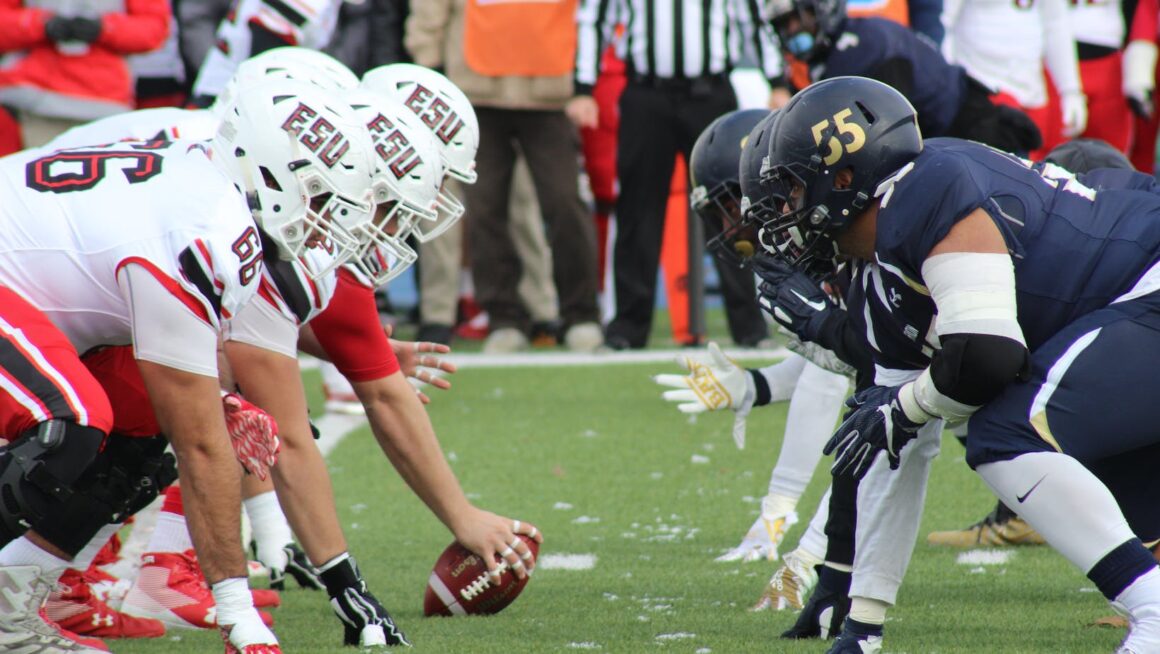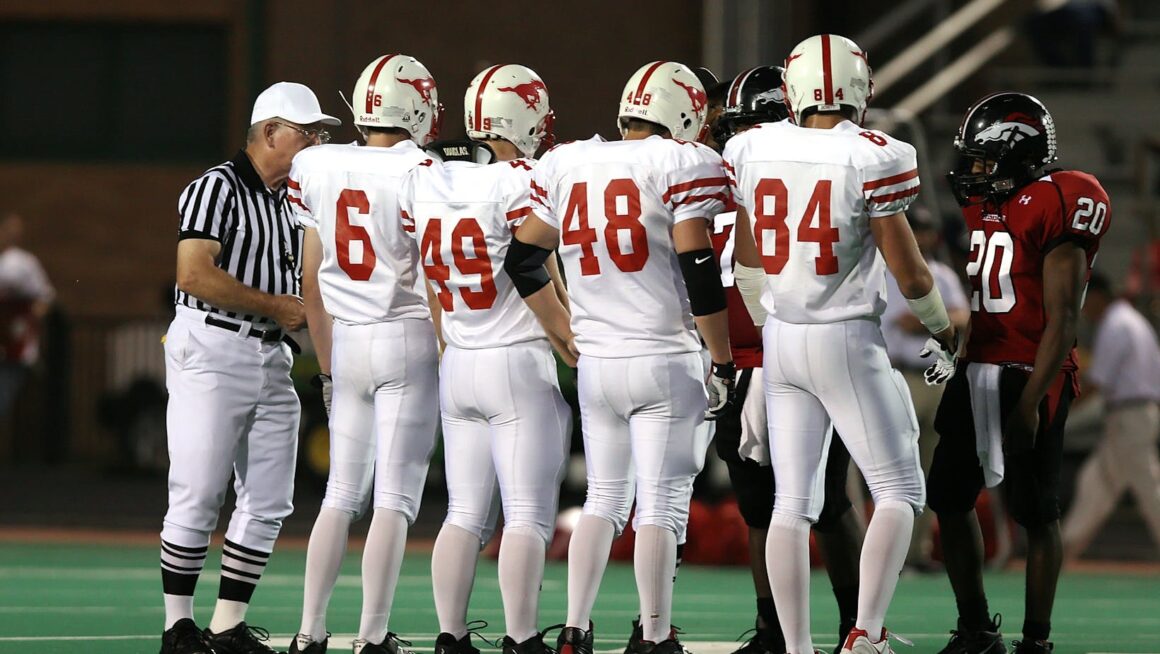As a seasoned sports enthusiast with a penchant for football, I’ve always been captivated by the allure of college football stadiums. When it comes to iconic venues, the Wake Forest Football Stadium stands out as a true gem in the realm of collegiate sports. From its rich history to the electrifying game-day atmosphere, there’s something truly special about this hallowed ground.
Wake Forest Football Stadium
Nestled in the heart of North Carolina, the Wake Forest Football Stadium is more than just a sports arena – it’s a symbol of tradition and pride for fans and players alike. With a seating capacity that rivals some of the biggest stadiums in the country, this iconic venue has witnessed countless memorable moments that have solidified its place in college football lore. Join me as we delve into the captivating world of the Wake Forest Football Stadium and uncover the magic that makes it a must-visit destination for any football aficionado.
History of Wake Forest Football Stadium
I remember the rich history of Wake Forest Football Stadium like it was yesterday. Built in 1968, it has been the home of the Wake Forest Demon Deacons football team for over five decades. The stadium originally had a seating capacity of 31,500, creating an intimate setting that truly amplified the game-day experience.
Renovations in 2007 increased the capacity to 31,500, enhancing the fan experience with modern amenities while preserving the stadium’s traditional charm. Over the years, the stadium has witnessed countless memorable games and iconic moments that have become part of its legacy.
The stadium’s history is intrinsically linked to the spirit and tradition of Wake Forest University. It stands not just as a venue for football games but as a symbol of pride and unity for the entire community. Fans and players alike have forged unforgettable memories within its walls, solidifying its place in college football lore.

Notable Features of the Stadium
One of the distinctive features of the Wake Forest Football Stadium is its historical significance as the home of the Wake Forest Demon Deacons football team since 1968. The renovations in 2007 not only modernized the stadium but also honored its timeless appeal.
The stadium’s layout provides excellent sightlines for spectators, ensuring an unparalleled game-day experience. With a seating capacity of 31,500, it offers an intimate setting for fans to immerse themselves in the game atmosphere.
Another notable feature is the iconic Demon Deacon statue located outside the stadium, symbolizing the team’s strength and resilience. This symbolic representation adds to the unique character of the stadium and serves as a popular spot for pre-game gatherings and photo opportunities.
In addition, the stadium’s concession stands offer a wide variety of delicious snacks and beverages, catering to the diverse tastes of fans. The state-of-the-art audio system ensures that every roar of the crowd and play-by-play commentary is heard crisply throughout the stadium, adding to the excitement of game days.
The stadium’s consistent maintenance and attention to detail showcase the university’s commitment to providing a top-notch facility for players and fans alike. These features collectively contribute to the unforgettable experience of attending a game at the Wake Forest Football Stadium.

Memorable Moments in Stadium History
One of the most unforgettable moments in Wake Forest Football Stadium history was the inaugural game back in 1968, where the Demon Deacons secured a thrilling victory in front of a roaring crowd. The energy that day was electric, setting the tone for many more exciting games to come.
In 2016, the stadium witnessed a record-breaking performance by the Demon Deacons’ quarterback, who threw for an impressive 500 yards in a single game. Fans were on the edge of their seats, witnessing history being made right before their eyes.
Another standout moment was in 1992, when the stadium hosted a nail-biting overtime victory that had spectators cheering with unmatched fervor. The palpable excitement in the air that day is something I’ll never forget.
In 2006, a historic rivalry game against a top-ranked opponent resulted in a stunning upset victory for the Demon Deacons. The stadium was a sea of black and gold, pulsating with pride and joy as the final seconds ticked away.
Fast forward to 2019, when the stadium underwent a major renovation to enhance the fan experience. The upgrades included state-of-the-art seating, improved concession options, and a revamped sound system, further solidifying the stadium’s reputation as a premier venue for college football.


